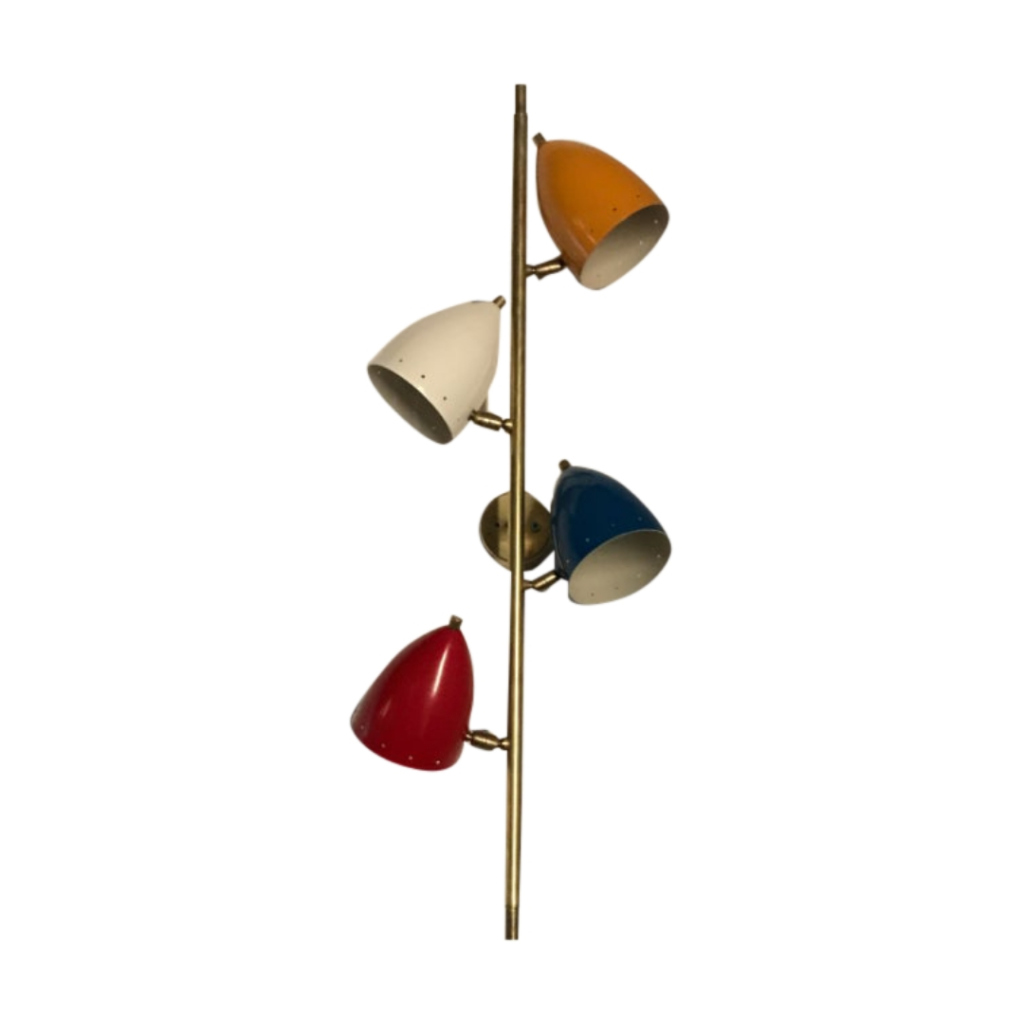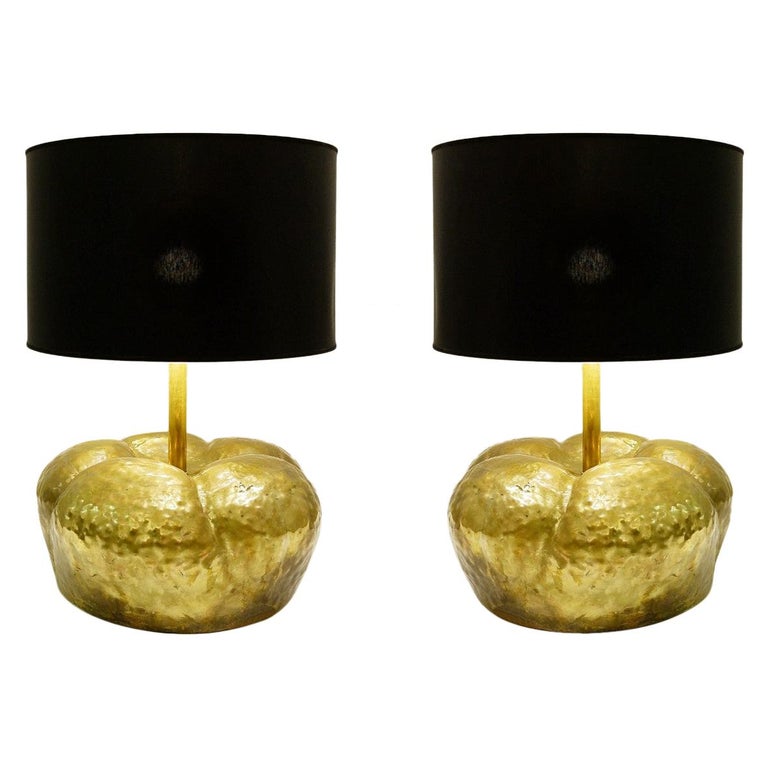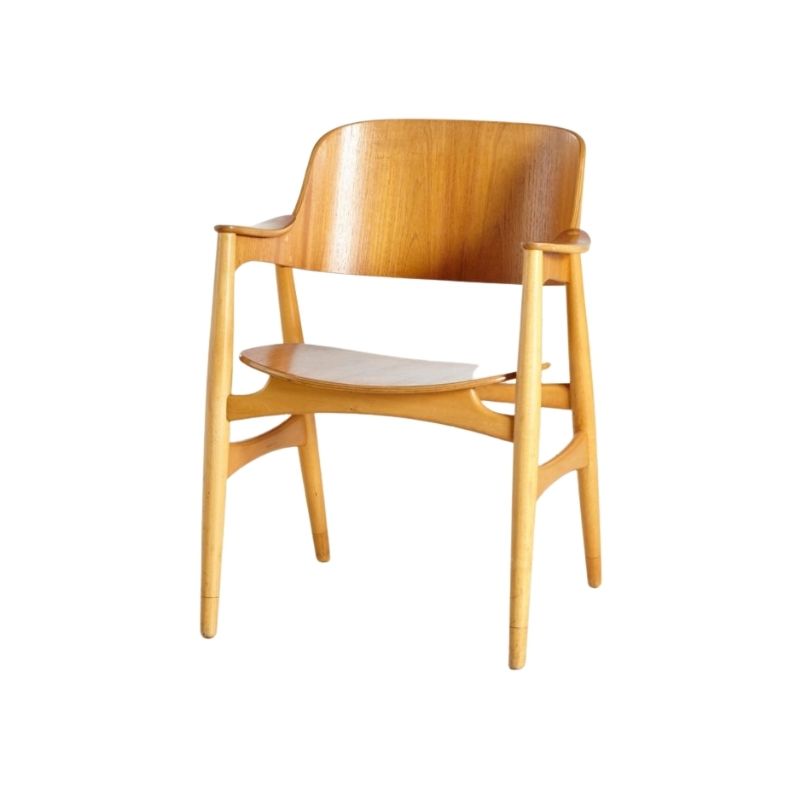"Design is no longer the creation and development of new models. Instead, it has become a notable competitive factor. At present it is difficult to find any significant innovations with reference to old concepts. Design today must take note of the environmental issues - the requirements of sustainable design and changing needs of people and a population that is ageing. Pure materials, ecological and service design solutions will stay important issues in the future", tells Hannu Kähönen.
Koen took us over similar territory recently.
But Koen was writing about how things ought to be, rather than how they are.
Perhaps Mr. Kahonen means the same thing, but his quote seems to refer to an inflection in this direction already having occurred. If that is what he meant, I am not sure what he describes squares with reality.
I was also intrigued ...
..by this quote of the 2009 Kaj Frank Design Award recipient. I disregard the two first sentences simply because it describes some kind of inexistent contradiction-like saying "cars are no longer made of steel they also come in blue...". Design is and has always been an important factor in competing for the user's preference and it has done so by creating and developing new models (both in the sense of "shapes" as in the sense of "archetypes". I fail to see the contradiction or what has changed. My understanding of the next statement is that he finds it difficult to see real significant innovation in those areas that are not driven by technological innovation. In other words the "old" concepts stand for the established products we have known for a long time, furniture, lighting, house wares, etc. and according to him, not much is happening there. Mr. Kähönen ignores deliberately, I guess, the strong movement of the last 20 years toward artistic expression wrapped in a "design" object. Of course we have seen the re-interpretation of objects in art for quite some time, from Van Gogh's yellow chair, and Magritte's "ceci n'est pas une pipe" to Marcel Duchamp's "Fountain", but none of them pretended to be design, on the contrary, it was art and Duchamp's urinal became art because, and I quote: it was put in a museum by an artist. What is happening today is not the same thing and designers like Hannu Kähönen, and me, might be uncomfortable with that kind of confusion, but it certainly exists. I would be hesitant in deliberately ignoring it.
I suspect that the major problem is not the lack of innovation itself but the underlying lack of skills and knowledge that forces young designers to turn to formalist design, not by free choice, but simply because the problems related to the environment, mass production, country of origin, and numerous other factors are seen as too large to overcome and too complex to solve. So it makes it quite attractive to wrap an old chair in rope, burn it for a while and gold-plate the left overs.
To some extend that perception of complexity is an accurate one, sometimes it is an artificial one. For instance, much of the knowledge that used to be shared in universities and among colleagues has become "merchandise" wrapped in an easy to use computer program, un-affordable for young designers, un-interesting for well established ones that still have a hard time convincing their clients that life time cycle analysis of the product components is worth investing in. I often wonder why we have changed the rules of the game, why has knowledge that used to be shared now moved to the retail shelfs?
cont.
What it is doing for young designers is catastrophic. Instead of being able to design according to their conscience, they are forced into an un-significant area of design/art and compensated for it by some superficial and short lived visibility in the media. I have lost count of what the basic investment is to be able to design at a competitive level, but with the way we "trade" knowledge today, it certainly is too big a hurdle to take for any young designer who would want to "innovate" in non traditional product areas. Design that wants to reduce the substantial dirty footprint that products leave on this planet does require a lot of knowledge. People in the "knowledge business" will argue that it is worth investing in, and in some cases it is, but for a majority of products it is not. That might be unfortunate, but the reality is that the consumer might be prepared to pay around 5% of the product's initial costs in R&D, but not 15-20%. I suspect that we are barking up the wrong tree when we deplore the lack of interest of young designers for design that contributes to a sustainable culture. We just are not willing to give them the tools to do so.
...and don't get me started on design for the aging population. Are there no designers in that age group? Can't they design for themselves? Did they forget they would be old one day?
Koen...
it will take a while for me to process your take.
But one nugget leaped out at me.
Formalism has become a kind of digital friendly substitute for analog design.
Something similar has happened in computer programming. Programmers adroit in lower levels languages used to be able to be very elegant, but it was time consuming and skill intensive. Now more and more programming is done in higher level languages with object oriented programming.
We have discussed this before, but something about the way you said what you said crystallized the issue more clearly for me.
Good design is an analog activity, at least initially. The designers mind. Pencil and paper. Sketching. Iteration. Good design is the exact curve.
But if good design starts in the CAD, it is digital and so it is limited by what the CAD can do. It is an approximation of the exact curve.
Take this analog vs digital description a step further.
Add formalist conception of design. It is an epistemic filter (a way of thinking) on how a designer approaches design.
Formalist conception, whatever its potential merits and demerits when done in analog, is much more suited to being done in a digital design tool like CAD.
Formalism + CAD = Digital design approximation of the curve
Add object oriented programming.
It likes formalist concepts, because they are easy to model and convert to routines of object oriented programming.
The object oriented programming gets imbedded not only in the CAD, but the CAD begins to shape the young designers think is possible.
What started as a pre digital attempt to purify form evolved into an ideology of formalism, and then found evolutionary fit with emerging digital technology and object oriented programming.
Now someone like me, who had a pre digital childhood, but has matured largely under the sway of digital creation, looks at your work, or Van de Veldes work, and is dazzled and dumbfounded that designers could actually make every line and curve matter to a design regardless of whether working in geometric forms or functionalist searches for organic forms that are both beautiful and functional.
I am, in short, utterly conditioned to be so impressed by the manipulation of formalist language, that I have very little idea that it is actually feasible for a designer to really explore more dexterous, organic forms having better fit to function and more simultaneous beauty, than a cube, or a pyramid, or a cylinder, or what have you.
And now the children are being educated with almost no memory at all of analog that digitallized formalism is the only cost effective way to think about this stuff.
Maybe we have entered the age of digitalism--the digitital paradigm as ideology.
We live in a world increasingly approximated and decreasingly dexterous.
We are living through a coarsening of the civilization through formalist reduction and digital approximation.
If you need any help, please contact us at – info@designaddict.com









